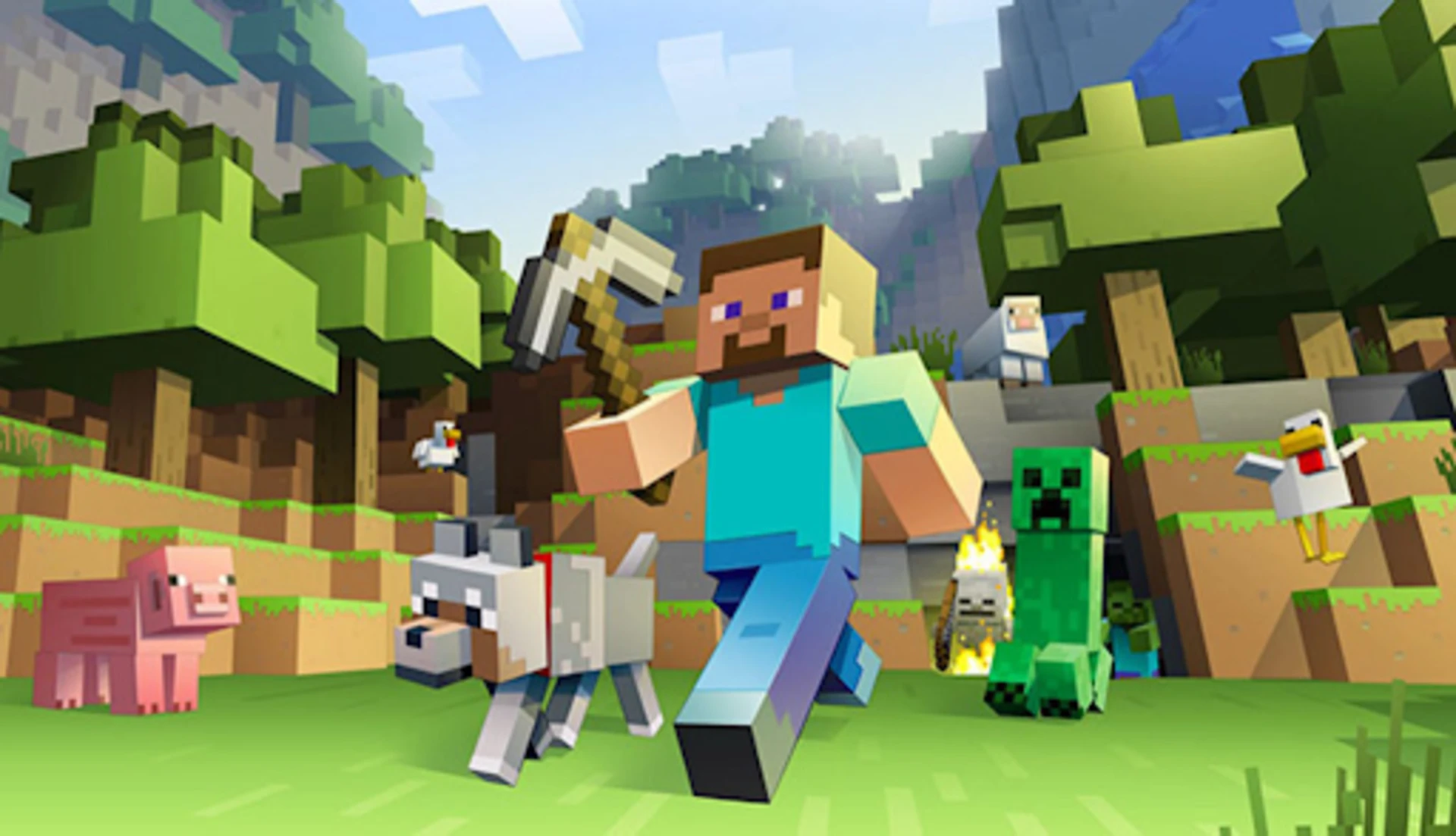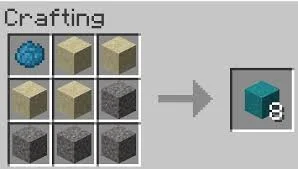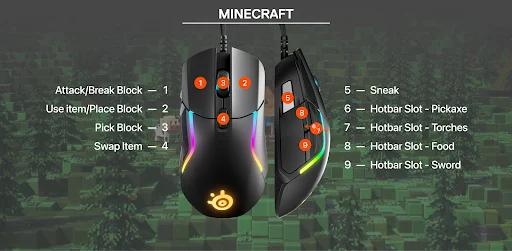
How to Make Concrete in Minecraft
Discover how to make concrete in the world of Minecraft

Learn how to make concrete in Minecraft and uncover how to use concrete in your builds.
Minecraft construction requires precision, strategy, and the right materials. Concrete represents a versatile building block that offers builders more design flexibility compared to traditional materials.
In this guide we’ll show you how to craft concrete, exploring its practical applications and creation process. Unlike other building materials, concrete delivers consistent texture, vibrant color options, and structural integrity that can elevate your architectural designs.
Whether you’re developing a functional base, designing a complex structure, or simply exploring new building techniques, understanding concrete’s mechanics will expand your construction capabilities. We’ll break down the essential steps, required resources, and strategic considerations for effective concrete production.
Get more out of your gear with the best side button gaming mouse for Minecraft
How to Make Concrete in 4 Steps

Materials Needed to Make Concrete
4 Sand blocks
4 Gravel blocks
1 Dye (any color)
A Crafting Table
A water source
A Pickaxe
Step 1: Gather Resources
How to collect sand
To collect sand, navigate to sand biomes like deserts or beaches. Use a shovel to quickly collect sand. You should collect between 16-32 sand blocks.
How to collect gravel
Gravel is found in mountain, cave, and river biomes. It can be tricky to collect without falling, so be careful during this process. To make it easier to gather gravel, you can use the silk touch enchantment.
How to make dye
Dye can be crafted by combining various materials:
Red: roses, beetroot
Blue: lapis lazuli, cornflowers
Green: cactus smelting
Step 2: Craft Concrete Powder
At a Crafting Table, combine 4 Sand, 4 Gravel, and 1 Dye in any configuration.
This will create 8 Concrete Powder blocks in the color of the dye you used.

Step 3: Turn Concrete Powder into Concrete
Place the Concrete Powder next to or directly in water. The powder will instantly transform into solid concrete blocks. Note that only direct water contact works - water bottles or rainfall won’t work.
Step 4: Harvesting Concrete
Use a pickaxe to mine the concrete. We recommend you use a stone pickaxe or higher to mine faster. You can mine fastest with a diamond or netherite pickaxe.
Frequently Asked Questions
How can I customize the texture of concrete in Minecraft?
If you’re using concrete blocks in your builds and want to make them visually interesting without altering the game’s files, you can:
Mix Similar Blocks: Combine concrete with other blocks that have similar colors but slightly different textures, such as terracotta, wool, or glazed terracotta. This creates a “textured” look by breaking up the monotony of a single block type.
Gradient Effects: Use different shades of blocks (e.g., light gray concrete to white concrete) to create a gradient effect, adding depth and variety to walls or floors.
Structural Additions: Add structural elements like frames using wood or stone bricks around the concrete to make the build more dynamic.
What is concrete used for in Minecraft?
Concrete has many different uses in Minecraft, here are some examples of how you can use it.
Building Blocks
Creeper-resistant construction material
Available in 16 vibrant colors
Slightly harder than stone blocks
Not blast-resistant against TNT
Architectural Applications
Modern skyscrapers
Contemporary apartments
Minimalist structures
Colorful town squares
Pixel art designs
Decorative Techniques
More pronounced colors compared to terracotta
Non-flammable alternative to wool
Can create color gradients
Excellent for accent walls and detailed textures
Specialized Uses Landscaping elements
Canvas for paintings and banners
Combining with other blocks like glass, clay, and quartz for depth
What are the best colors to use for concrete in Minecraft?
Neutral
White: Perfect for clean, modern designs
Light Gray: Excellent for sophisticated architectural builds
Gray: Ideal for industrial or minimalist structures
Vibrant
Blue: Great for water-themed or coastal builds
Cyan: Provides a unique, refreshing look
Lime Green: Adds a bright, energetic touch to landscapes
Earthy Brown:
Works well for rustic or natural-themed constructions
Green: Blends seamlessly with forest or woodland environments
Bold
Red: Creates striking accent walls or dramatic architectural elements
Orange: Adds warmth and energy to builds

Wordsmith at SteelSeries. Enthusiastic about Dota 2 and fighting games. A cat dad.
